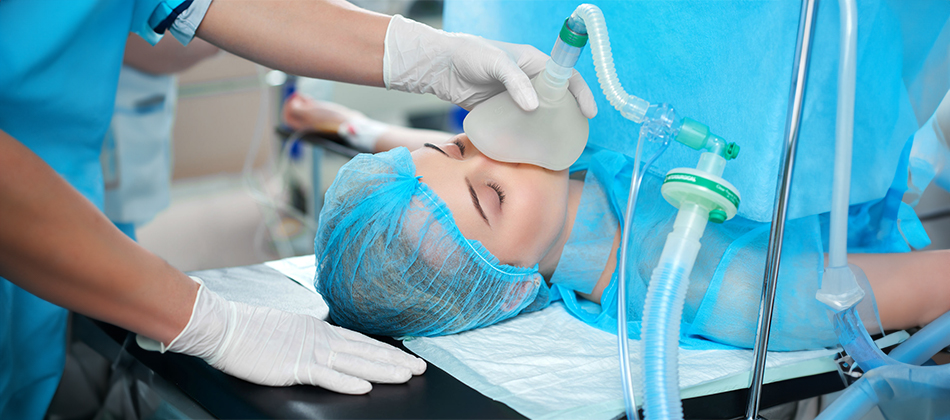Conscious Sedation
An aesthetic smile is the expression of power;
the smile is the sharp sword of this power.

Conscious sedation is a technique that allows the patient to relax during dental treatments without being under anesthesia. In this technique, the aim is to calm the patient and make the treatment process more comfortable by giving a certain dose of medication. This method is especially ideal for patients who feel anxious during dental treatment or have a dental phobia.
Conscious sedation is administered using an anesthetic drug, usually in the form of an oral pill or inhaled gas. Patients will remain awake but relaxed and calm during the procedure. In this way, it becomes easier for patients to control themselves and an opportunity is created for them to overcome their fears of dental treatments.
Conscious sedation is used only in certain types of dental treatments. It is generally used during procedures such as tooth extraction, root canal treatment, implant and filling. However, it may not be suitable for every patient and therefore the patient’s medical history and health condition should be taken into consideration before recommending a dentist.
Thanks to this method, patients are provided with a more convenient and comfortable treatment experience. Some advantages of conscious sedation include:
Conscious sedation is often applied to patients who have dental phobia or want to relax during the dental procedure. It can also be applied to patients experiencing the following conditions:
However, it may not be suitable for every patient. For example, it may not be suitable for patients with severe heart or breathing problems. Therefore, your dentist will perform an evaluation to determine if it is right for you.
There are some points to consider before, during and after conscious sedation. These points are as follows:
Pre:
Sequence:
Post:
All the above-mentioned issues are extremely important for the safety and health of the patient and should be carefully followed by dentists before, during and after the sedation procedure.
